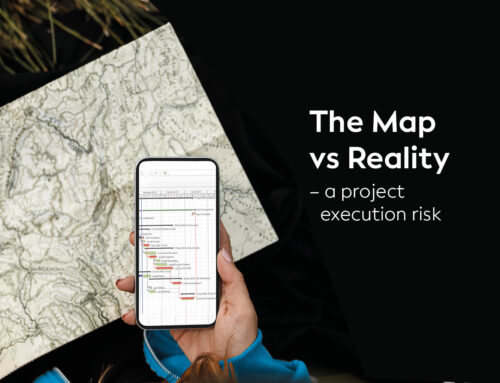The impacted as planned technique is arguably the simplest form of critical path-based analysis.
The method of delay analysis is a technique commonly used to forecast a delay’s effect on the project’s critical path and completion date.
However, the IAP approach is widely criticised.
Yet, it is still a commonly used method due to its simplicity. The method assumes to demonstrate what would have been planned. However, the theoretical nature of this assumption provides the ammunition to call into question the approach’s usefulness.


The strengths and weaknesses of the technique are summarised below:
Strengths
- Easy to understand
- Least amount of variables in ‘cause and effect’ equation
- Does not require as-built programme
- Can be carried out contemporaneously
- Does not require progressed programmes
Weaknesses
- Does not account for changes to logic or durations of planned activities
- Produces theoretical
- results based
- Cannot identify true concurrent delay
A baseline programme is the only programme required to carry out an IAP analysis.
This programme should be contractually compliant and represent the intended sequence and timing before commencing any work. If not, revising or reconstructing the baseline may be necessary before using it in an IAP analysis.
However, considering the hypothetical nature of the IAP approach, this is undesirable and adds a layer of subjectivity to the process. It may not be possible to confirm whether the logic is consistent with the
original intentions.
An agreement between the parties is necessary.


Once a baseline for analysis is identified, delay events are added to the programme.
Delays can be added independently or, where there is more than one, in chronological order. The latter allows the cumulative effect of delays to be assessed.
As the events are inserted, the resulting delay on the completion date, if any, is then recorded. This assists in identifying which events contributed to the critical delay and by how much.
It is preferable to add the delay event as discrete programme activities, complete with logical relationships and durations.
However, the insertion of delay events can take many forms, including:
- Delaying the start of an existing, or inserted, activity with a constrained start date.
- Delaying the finish of an existing, or inserted, activity with a constrained finish date.
- Increasing the duration of an existing activity.
- Increasing or decreasing the hours available during a working week.
- Inserting a new activity logically linked to existing activities in the programme.
Any method of insertion must be recorded as part of a transparent and auditable process.

Follow us for more!
Get the expert edge
Please add your details below and we’ll be in touch as quickly as possible





